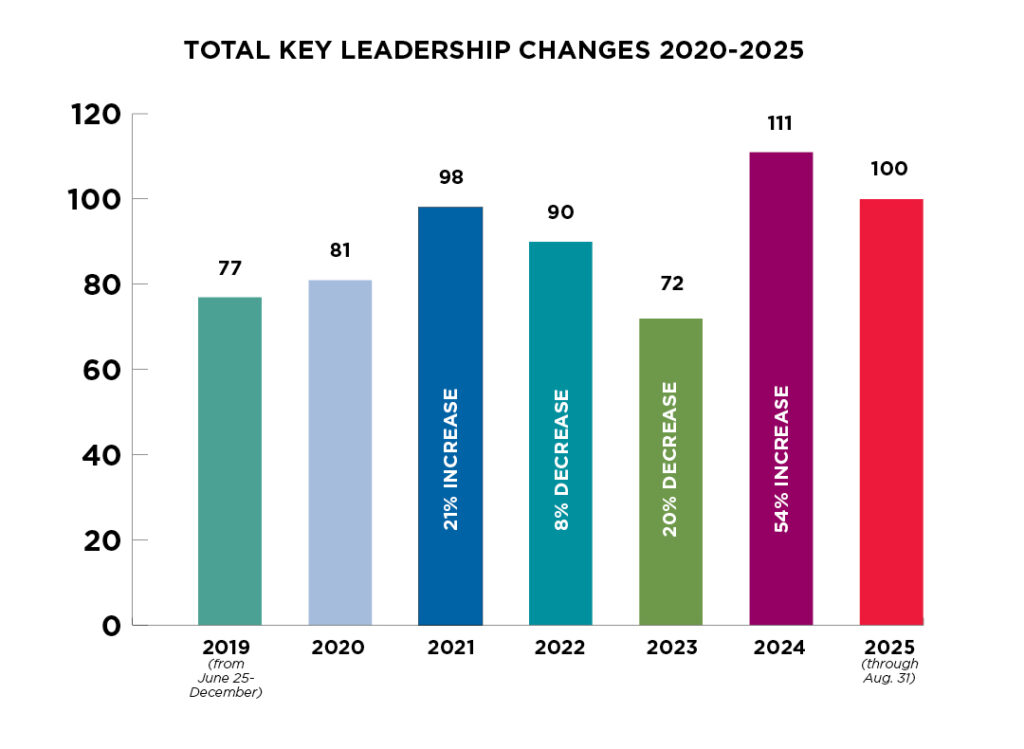The Elbert Files: Reflecting on our bad choices

The recent book “Hall of Mirrors: The Great Depression, the Great Recession and the Uses — and Misuses — of History” provides much insight into both events, but its most compelling story is about what happened in Japan between the world wars.
Japan was in terrible economic shape following World War I, wrote author Barry Eichengreen, who teaches economics and politics at the University of California, Berkeley.
During the 1920s, the small island nation had experienced a string of bank runs brought on by natural and man-made disasters.
The calamities included the 1923 Kanto earthquake and the discovery in 1927 of financial irregularities at Suzuki & Co., a large trading company, and its partner, the Bank of Taiwan.
The country’s finances and economy were in shambles in 1931 when 76-year-old Korekiyo Takahashi was named finance minister, a position he’d held four times previously, going back to 1913.
Drawing on his considerable experience, Takahashi undertook a number of moves that would not have been possible during normal times or by a public official with less clout.
He took the country off the gold standard, pushed down the exchange rate to strengthen export trading and expanded the money supply. He also won approval to borrow money to finance a rural relief effort and military operations in Manchuria. (According to Eichengreen, Takahashi opposed the Manchurian intervention but used military spending as a way to get new money into the economy.)
Takahashi had learned English from missionaries at an early age, and Eichengreen wrote that the finance minister was familiar with early works of John Maynard Keynes.
The policy moves that Takahashi took were “precisely the policy claimed, erroneously, to have been followed in the United States under FDR. But in Japan, unlike the United States, the fiscal expansion was real,” Eichengreen wrote.
It worked.
Most economists today agree that one reason the Great Depression lasted as long as it did was that President Franklin D. Roosevelt pulled back too soon from his massive public works spending, sending the country back into recession in 1937.
The reason Roosevelt pulled back in 1936 was because of political pressure from advisers who feared opponents would use his large budget deficits against him in the election that year.
President Barack Obama did essentially the same thing in 2012, which was also an election year, and the result was a slowdown in the recovery, according to Eichengreen.
“In both cases, the desire to restore normal fiscal and monetary policies before normal economic conditions had returned was heavily responsible for the disappointed state of the economy,” the author wrote.
Also, he noted, in both cases advisers to Roosevelt and Obama were focused on inflation fears, when the risk of deflation was actually greater.
“If the private sector, intent on deleveraging, spends less, then the public sector can spend more,” the author wrote. “If commercial banks lend less, then the central bank can lend more. The authorities can continue until the private sector is ready to take up the slack.”
Takahashi had the discipline to follow that prescription and succeeded, while Roosevelt and Obama both pulled back too soon, according to Eichengreen.
Japanese wholesale prices rose 7 percent in 1932 and 12 percent in 1933, while industrial production as measured by real GDP grew 7 percent in 1932 and 8 percent in 1933.
“This was a happy outcome for the (Japanese) economy, ” the author said.
Unfortunately, he added, “When Japan returned to full employment in 1935, (Takahashi) cut back on defense spending — resulting in his assassination by disaffected military officers.”










